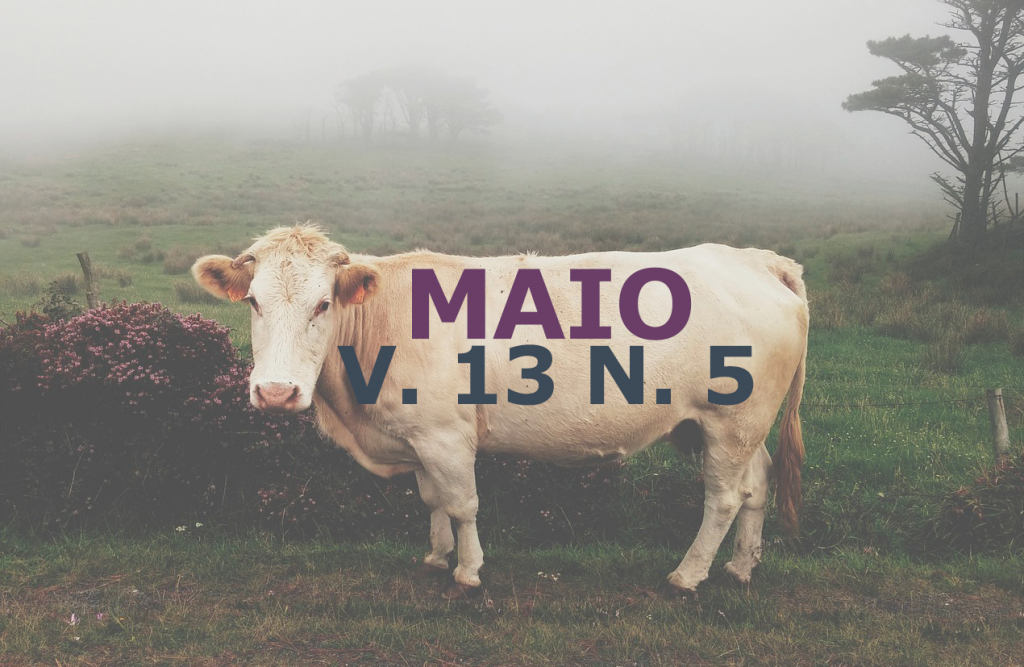Nutritional management for obese dogs and cats
DOI:
https://doi.org/10.31533/pubvet.v13n5a339.1-12Keywords:
disease, nutrition, pet, treatmentAbstract
Obesity is one of the most frequent nutritional disorders in dogs and cats. The disease is characterized by excessive accumulation of body fat in a systemic way, leading to secondary damage to the animal's health. Among the causes of obesity are factors such as race, species, genetic predisposition, nutrition, castration, use of some medications, but it is also due to the change in the habit of life of these species that over time were becoming more and more sedentary. Because it is a nutritional disorder, the adoption of nutritional management is essential in the treatment of the disease, because the proper balance of nutrients such as proteins, lipids, carbohydrates, fibers and food moisture, will function in a regulatory way in the animal's organism. Associated with an adequate nutritional management, the institution of a program of physical activities to reduce the sedentarism of the animals is of paramount importance to help the weight loss in a healthy way and without risks to the health of the animal. Thus, it can be said that providing a healthy and balanced diet to these animals is the main way to control obesity, so it is important to know the role of each nutrient in the treatment, as well as the feasibility of using ready-made foods available in the Marketplace.
Downloads
Published
Issue
Section
License
Copyright (c) 2019 Lucas Pereira de Souza Silva, Ronaldo César Hoog Nora Júnior, Cinthia Maria Carlos Pereira, Verônica Maria Pereira Bernardino

This work is licensed under a Creative Commons Attribution 4.0 International License.
Você tem o direito de:
Compartilhar — copiar e redistribuir o material em qualquer suporte ou formato
Adaptar — remixar, transformar, e criar a partir do material para qualquer fim, mesmo que comercial.
O licenciante não pode revogar estes direitos desde que você respeite os termos da licença. De acordo com os termos seguintes:
Atribuição
— Você deve dar o crédito apropriado, prover um link para a licença e indicar se mudanças foram feitas. Você deve fazê-lo em qualquer circunstância razoável, mas de nenhuma maneira que sugira que o licenciante apoia você ou o seu uso. Sem restrições adicionais
— Você não pode aplicar termos jurídicos ou medidas de caráter tecnológico que restrinjam legalmente outros de fazerem algo que a licença permita.





